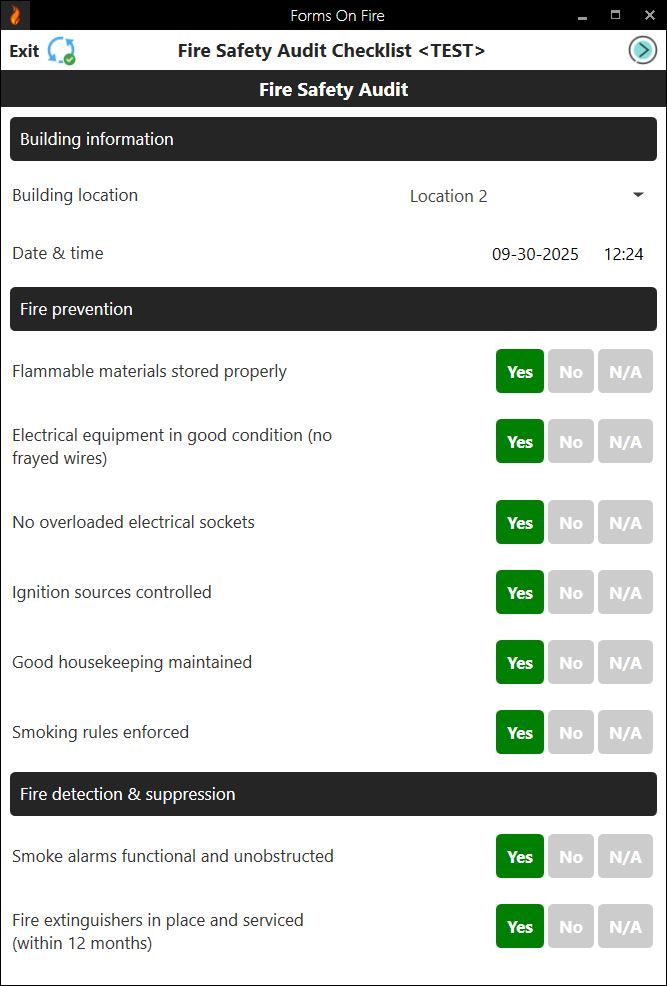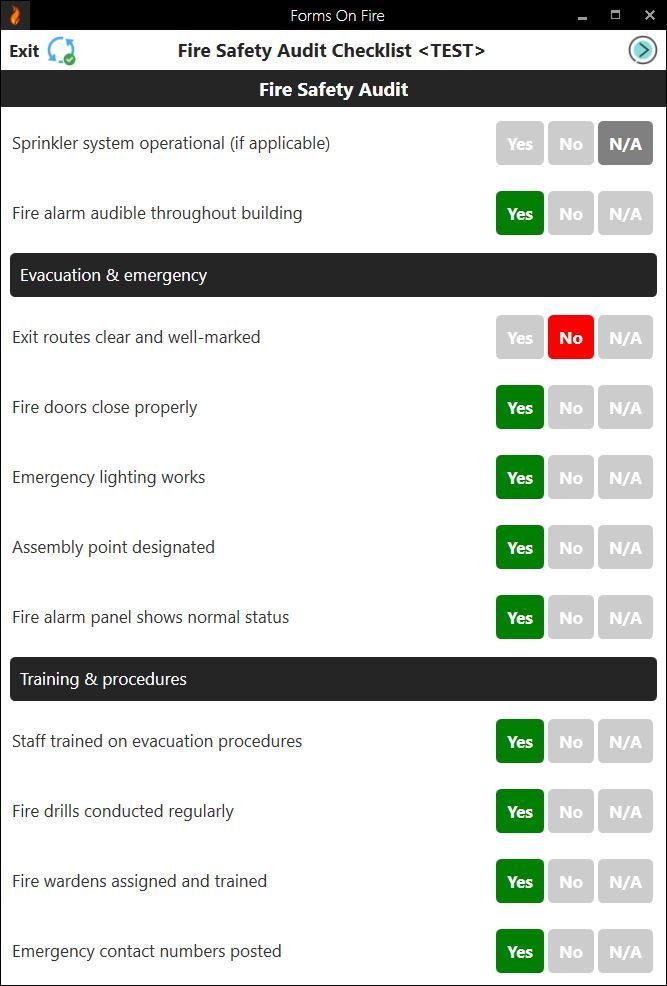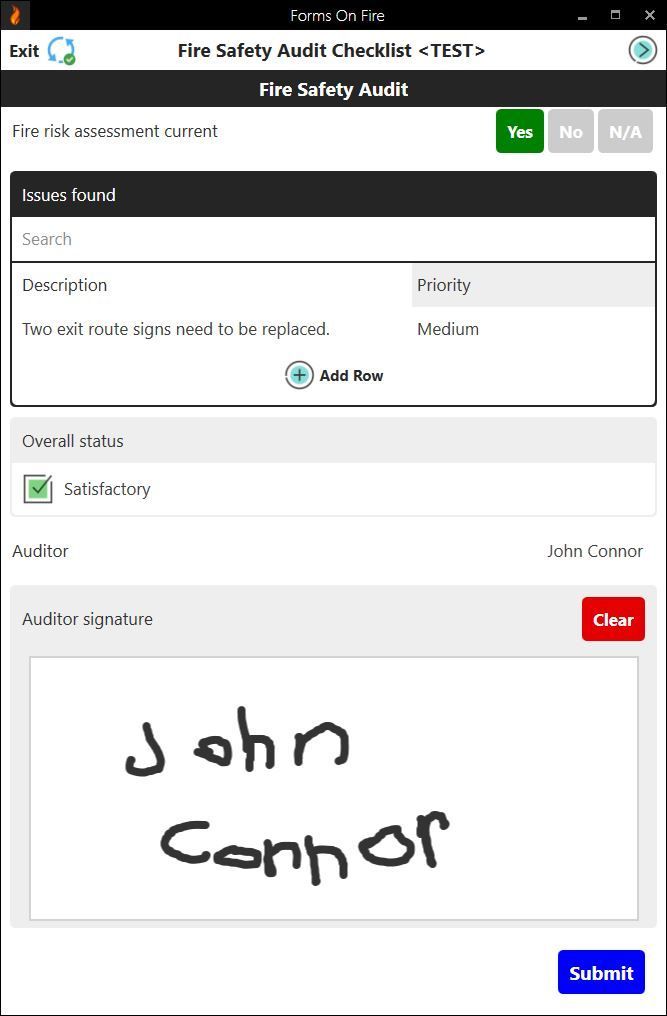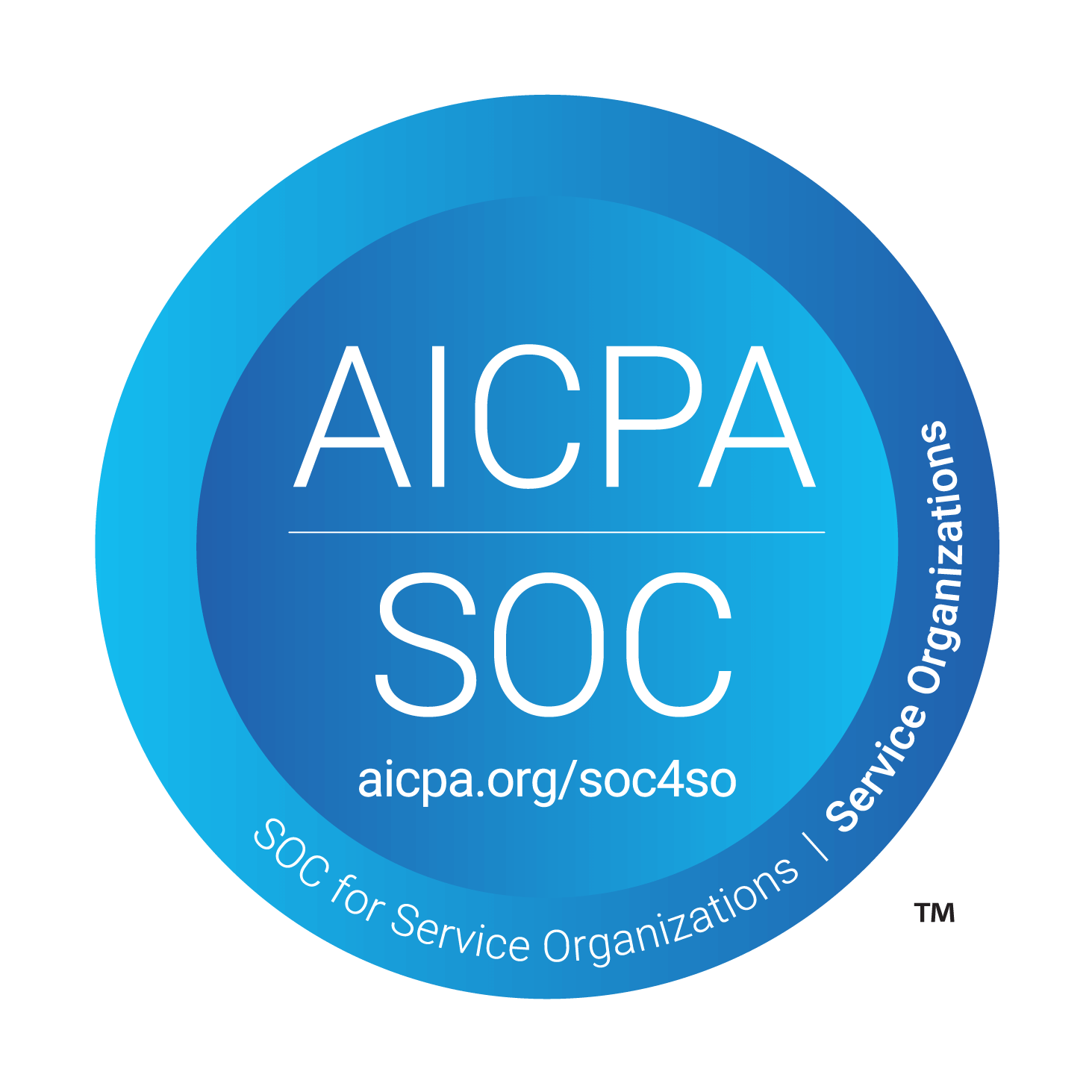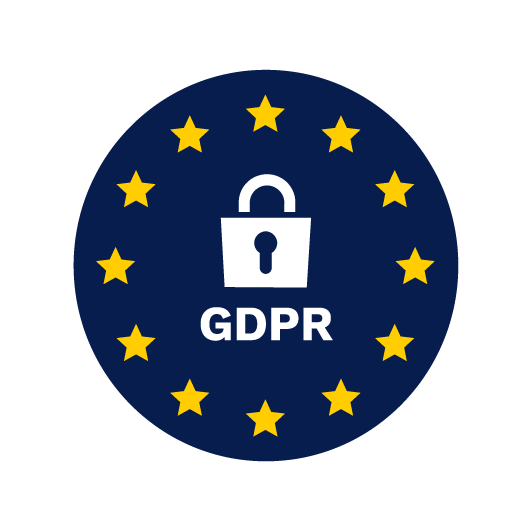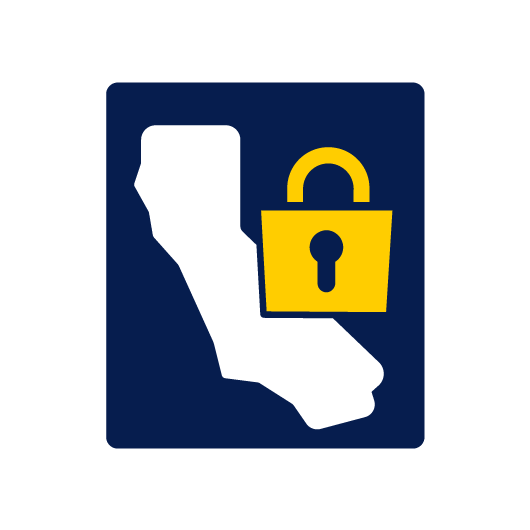How to Perform a Fire Safety Audit [Checklist Included]
Every 67 seconds, a structure fire breaks out somewhere in the United States. This should be a wake-up call for every building owner, facility manager, and safety professional.
Fire safety audits help you avoid becoming part of those statistics, which is why they're often required by law.
This guide covers everything you need to conduct effective fire safety audits. By the end, you'll understand how audits differ from routine inspections and emergency drills, get a practical step-by-step process, and learn how digital tools can make your audits more thorough and efficient.
Let's light the way.
What is a fire safety audit?
A fire safety audit is a comprehensive health check for your building's fire protection systems and procedures. You're checking if your fire prevention measures work, if people know what to do in an emergency, and if your building can handle a fire situation properly.
The main goal is to ensure that you're not just meeting legal requirements, but actually protecting people and property.
Here are the areas a fire safety audit typically covers:
- Fire detection systems: smoke alarms, heat detectors, fire alarm panels.
- Suppression equipment: sprinklers, fire extinguishers, special suppression systems.
- Evacuation routes: exit signs, door functionality, clear escape paths, emergency lighting.
- Staff preparedness: emergency procedures, fire warden training, and evacuation drills.
- Fire hazards: potential electrical issues, chemical storage, housekeeping, and heat-producing processes.
- Documentation: maintenance records, training logs, and incident reports.
- System testing: alarm functionality, water pressure, and emergency procedure effectiveness.
The audit includes hands-on testing to make sure everything actually works as intended. You need to be thorough because when it comes to fire safety, the details can be the difference between life and death.
Differences between a fire safety audit, a fire safety risk assessment, a fire inspection, and a fire drill
Audits, assessments, and inspections differ in scope and consequences. Some are required by law, others are not. While they all work together to keep you safe, each one serves its own purpose.
Here’s a table to help you understand the nomenclature and key differences.
| Activity | Purpose | Who does it | Frequency | Scope |
|---|---|---|---|---|
| Fire Safety Audit | Comprehensive review of all fire safety measures and compliance | Internal team or external consultants | Annually or as needed | Everything: systems, procedures, training, documentation |
| Fire Risk Assessment | Identify fire hazards and evaluate risks to people/property | Competent person (internal or external) | As required by law | Hazard identification, risk evaluation, and control measures |
| Fire Inspection | Check compliance with regulations and codes | Fire department or regulatory officials | Varies by jurisdiction | Code compliance, violations, enforcement |
| Fire Drill | Test emergency response and evacuation procedures | Building management/fire wardens | Monthly, quarterly, or as required | Evacuation procedures and response times only |
In other words: an audit looks at your entire fire safety program, a risk assessment focuses on identifying dangers, an inspection checks if you're following the rules, and a drill tests if people know what to do.
Steps for conducting a fire safety audit
A systematic approach is essential for an effective fire safety audit. Following these steps ensures you don't miss critical areas and gives you a clear roadmap from start to finish:
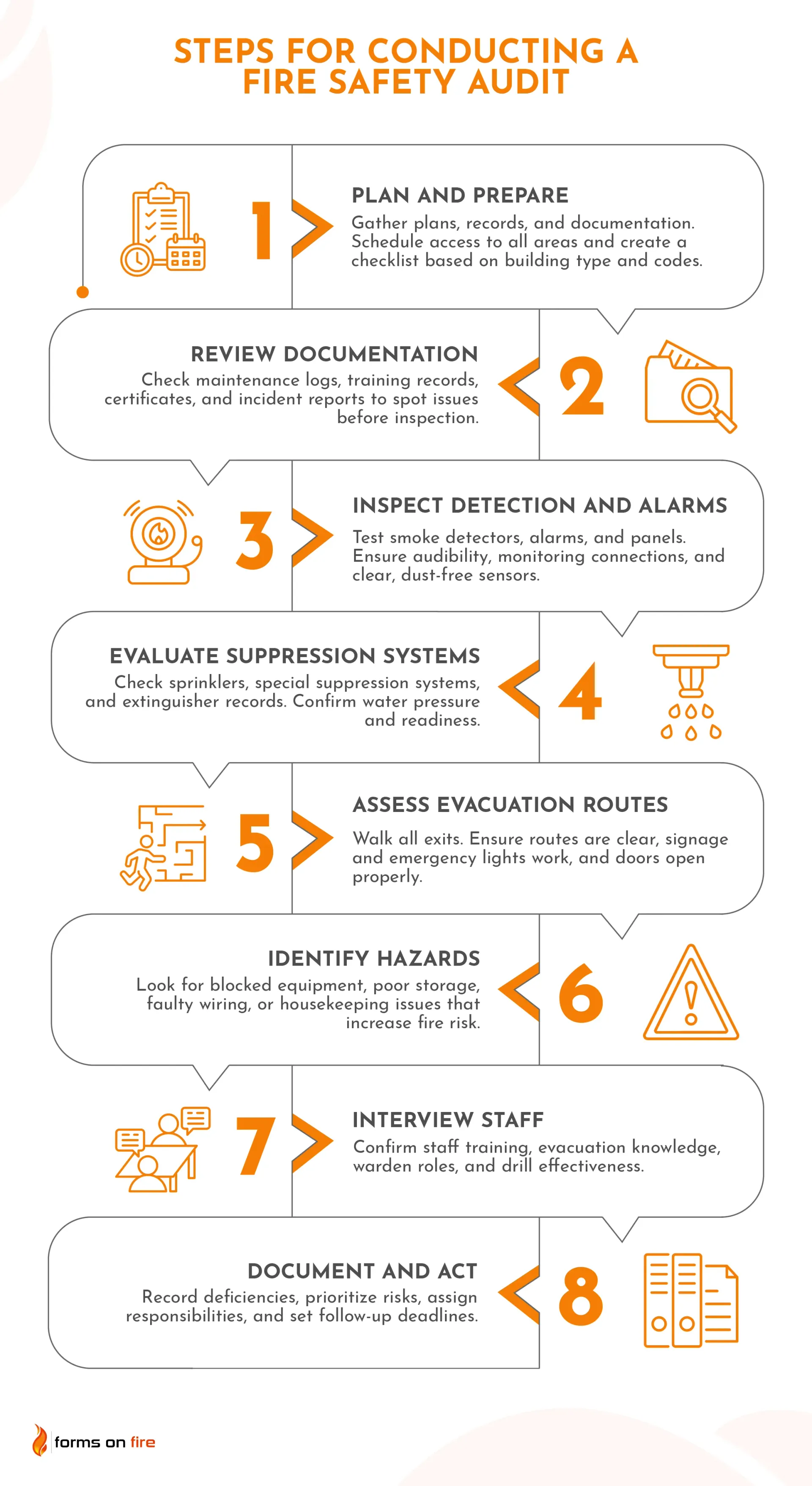
- Plan and prepare. Gather building plans, previous audit reports, maintenance records, and relevant fire safety documentation. Schedule the audit when you can access all areas and interview key personnel. Create a checklist based on your building type and local fire codes.
- Review documentation and records. Examine maintenance logs for fire systems, training records for staff, and any submitted incident report forms from the past year. Check that fire safety certificates and inspections are current. This paperwork review often reveals gaps before you even start the physical inspection.
- Inspect fire detection and alarm systems. Test smoke detectors, heat sensors, and alarm panels to ensure they're working properly. Check that alarms are audible throughout the building and that monitoring systems connect to emergency services. Verify that batteries are fresh and sensors aren't blocked by dust or debris.
- Evaluate fire suppression systems. Inspect sprinkler heads for damage or obstructions and check water pressure at test valves. Test any special suppression systems, like foam or gas systems, in server rooms or kitchens. Check fire extinguisher inspection records, and do additional examination if needed.
- Assess evacuation routes and emergency lighting. Walk all exit routes to ensure they're clear, well-marked, and lead to safe areas outside. Test emergency lighting and exit signs to confirm they work during power outages. Check that doors open easily in the direction of travel and aren't locked or blocked.
- Identify fire hazards and housekeeping issues. Look for electrical problems, improper storage of flammable materials, and blocked fire equipment. Check that heating systems are properly maintained and that smoking policies are enforced. Document any housekeeping problems that could fuel a fire or block escape routes.
- Interview staff and test procedures. Talk to employees about their fire safety training and understanding of evacuation procedures. Review fire warden assignments and emergency contact lists. Review fire drill report forms to see how well the guidelines are followed in practice.
- Document findings and create an action plan. Record all deficiencies with photos and detailed descriptions of locations and problems. Prioritize issues by risk level and create a timeline for corrections. Assign responsibility for each action item and set follow-up dates to ensure completion.
Remember that a fire safety audit is only as good as the follow-up actions you take: the real value comes from actually fixing the problems you find, not just documenting them.
Speeding up the process with a digital fire safety audit checklist
Digital fire safety audit checklists outperform paper forms hands down. When you're walking through a building with a tablet or phone, you can snap photos of problems right where you find them. No more trying to remember later which fire extinguisher was missing its inspection tag or which exit sign wasn't working. Everything gets documented instantly with location data and timestamps.
Break your checklist into sections that follow your natural flow through the building:
- Fire detection systems: Are smoke detectors clean and unobstructed? Do alarms sound at proper decibel levels?
- Fire suppression: Are extinguishers in designated locations? Is the sprinkler system's water pressure adequate?
- Evacuation routes: Are exit signs illuminated and visible? Do emergency doors open freely?
- Electrical safety: Are electrical panels accessible? Any visible signs of overheating or damage?
- Housekeeping and storage: Are flammable materials properly stored? Are fire equipment areas clear of obstructions?
- Training and documentation: Are fire drill records current? Do employees know evacuation procedures?
Our template provides a great starting point, but be sure to customize it with questions and fields tailored to your facility's needs. This way, it will be as helpful as possible for you.
Who should conduct a fire safety audit?
The person conducting your fire safety audit needs the right mix of knowledge, experience, and objectivity. You have two main options, each with distinct advantages depending on your situation:
- Internal safety officer: They know your building inside and out, making them cost-effective for routine audits and quick follow-ups. However, they may develop blind spots or face pressure to minimize problems that require budget approval.
- External fire safety consultant: They bring specialized expertise and complete objectivity that insurance companies prefer. The trade-off is higher costs and time needed to understand your specific operations.
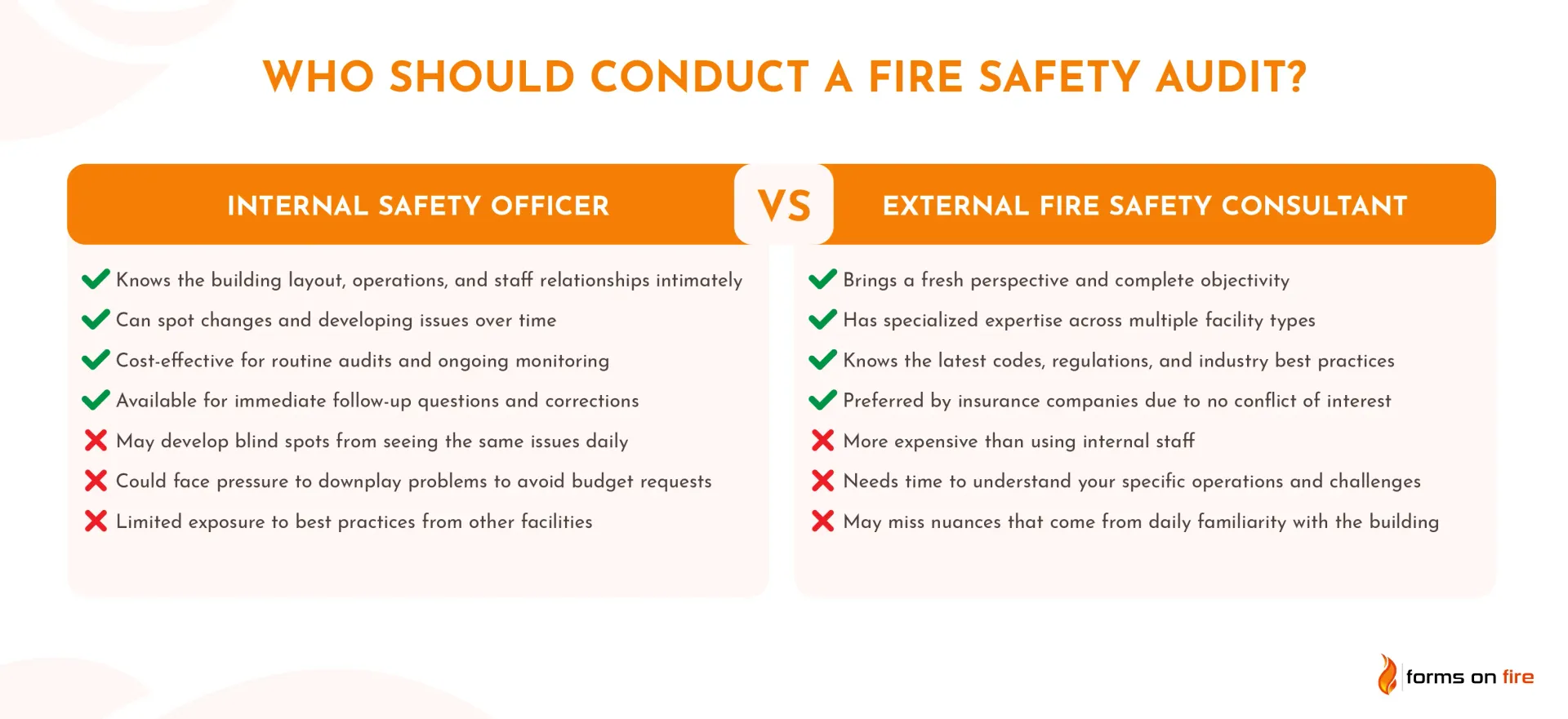
Whether internal or external, your auditor should have relevant certifications. Look for credentials like Certified Fire Protection Specialist (CFPS), Associate Safety Professional (ASP), or Certified Safety Professional (CSP). Fire department experience counts too, especially from fire prevention or investigation backgrounds.
Industry-specific knowledge matters enormously. A consultant who specializes in hospitals understands its unique challenges better than someone who works mainly with warehouses. Ask about their experience with buildings similar to yours and request references from comparable facilities.
Most facilities benefit from comprehensive annual audits. This frequency also satisfies most insurance and regulatory requirements. However, your industry and risk level, as well as local regulations, should drive the schedule. Consider the following recommendations as your roadmap.
High-risk operations:
- Chemical plants, healthcare facilities, and schools = every 6 months
- Manufacturing with significant fire hazards = quarterly
- Warehouses storing flammable materials = every 6 months or quarterly
Lower-risk facilities: Office buildings might stretch to every 18 months, but annual remains the smart choice. The cost of an audit pales compared to fire damage, and many problems develop gradually over the course of a year.
Consider your building's age and complexity as well. Older facilities with outdated systems benefit from more frequent audits, while newer buildings with modern fire protection might need less intensive monitoring.
How Forms On Fire helps streamline fire safety
Forms On Fire is a digital platform designed to replace paper-based inspections and audits with custom digital forms and apps you can build yourself. Instead of carrying clipboards and struggling with illegible handwriting, you can conduct thorough fire safety audits using tablets or smartphones.
Here are some of the ways our platform helps streamline fire safety:
- Easily create digital forms and checklists for inspections and audits.
- Access ready-made fire safety templates you can customize for your specific needs.
- Forms can be used offline, and data syncs back as soon as you acquire a stable internet connection.
- Take pictures and videos while doing inspections and audits, all stored within the form.
- Simplify the review and approval processes by taking digital signatures on the spot.
- Generate professional reports automatically with photos and findings.
- Maintain complete digital records for regulatory inspections and insurance requirements.
- Send completed audits to specific teams or individuals immediately for faster follow-up actions.
Ready to modernize your fire safety audits? Start with a free trial and customize our fire safety audit template to match your facility's needs.
Plus, we have a whole bunch of other templates you might find useful, like:

